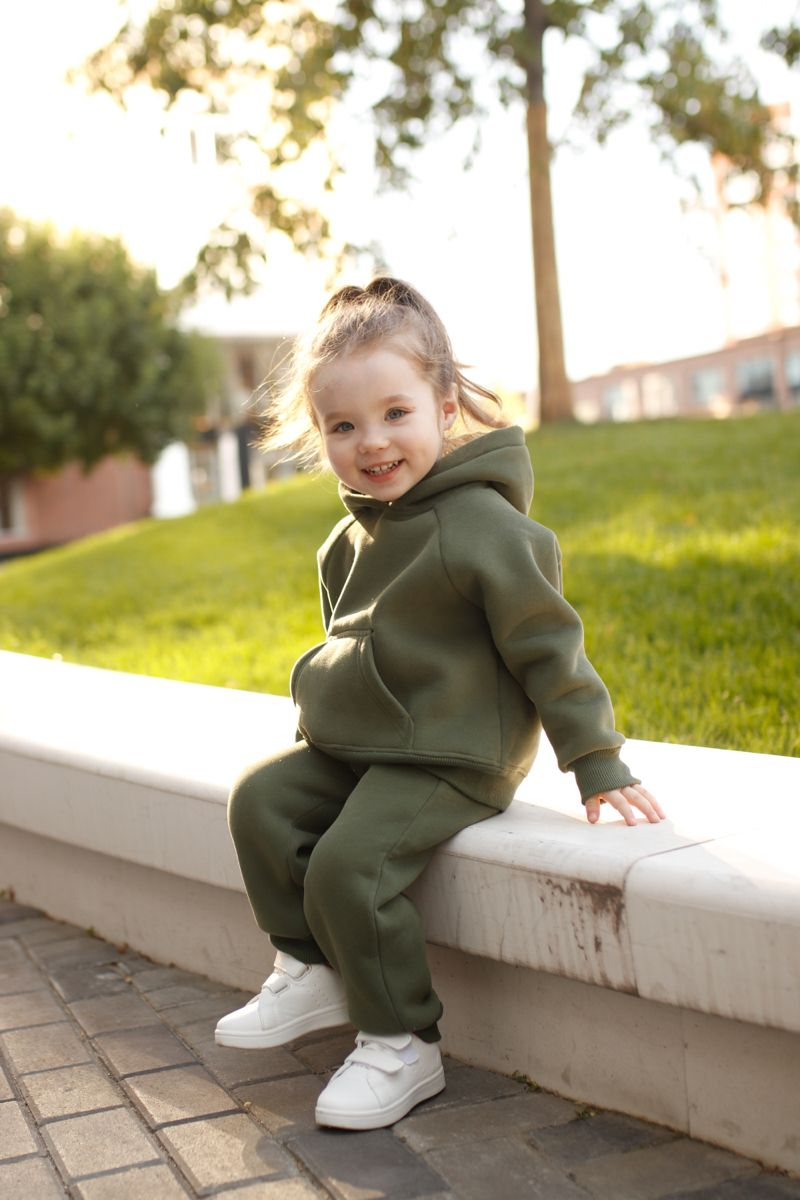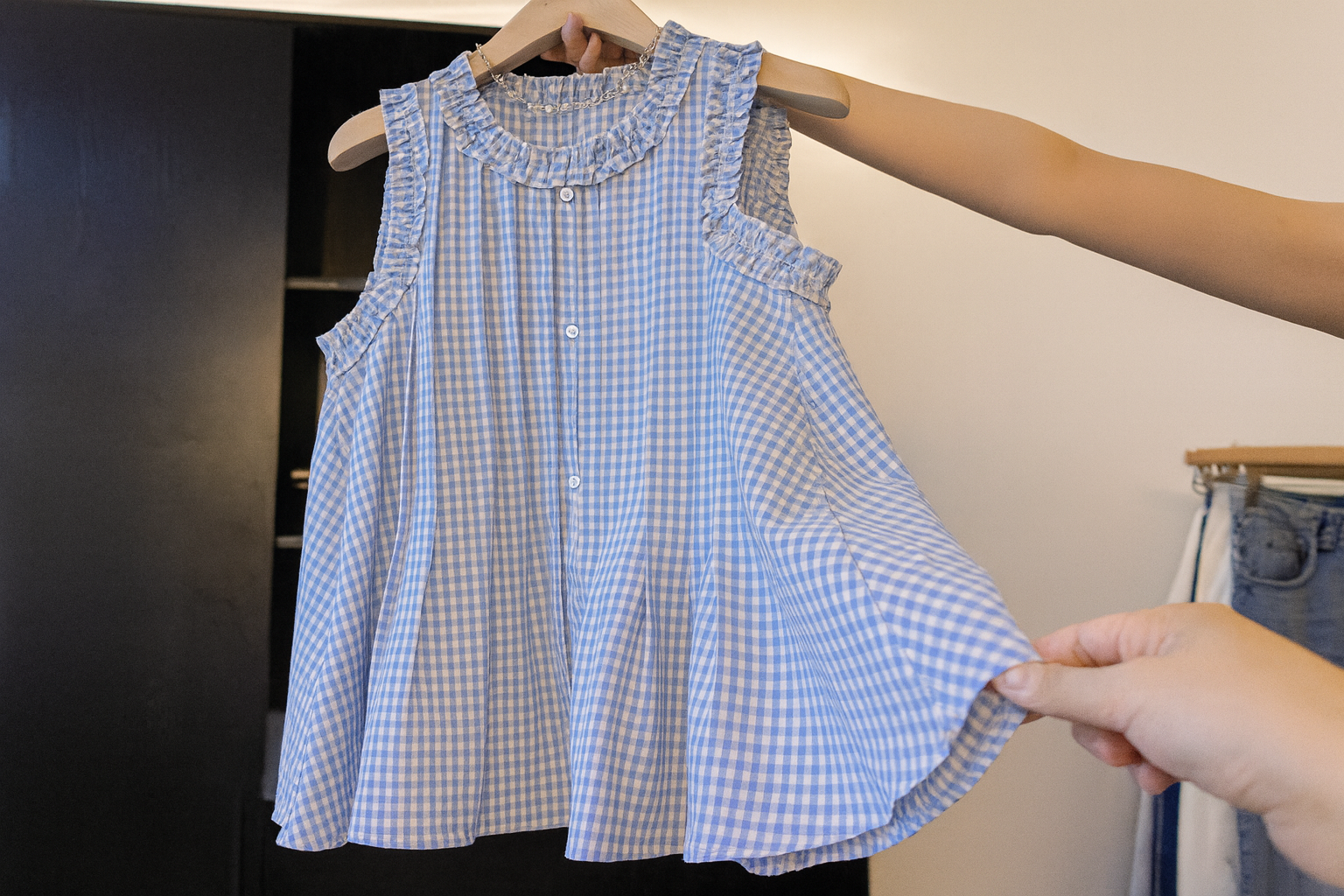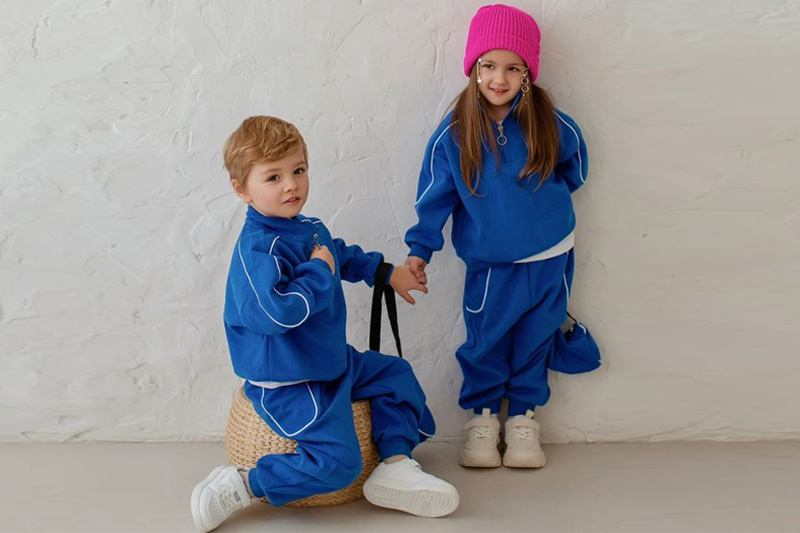Ever tried getting kids to fall in love with a piece of clothing? It’s not easy—unless it’s a hoodie. Customizing kids' hoodies is more than just printing your logo on fabric. It’s about blending comfort, personality, and branding into something kids want to wear every day—and parents feel good about buying.
Snippet paragraph...
To customize kids’ hoodies for your brand, focus on playful yet practical design elements, choose soft yet durable fabrics, and pick customization methods like embroidery or screen printing that stand up to daily wear. Keep your branding subtle but memorable, offer inclusive sizing, and choose colors and features (like zippers or pockets) that kids love and parents appreciate. Prioritize comfort, safety, and visual appeal to build lasting loyalty.
Whether you're a new brand or already in the game, here's how to make kids' hoodies that sell—and stick in people’s memories.
What design elements should you focus on when creating branded kids’ hoodies?
Designing for kids is a bit like storytelling—it needs personality, imagination, and just enough function to keep parents happy. So where do you start?
Sub-heading Snippet paragraph...
The best hoodie designs for kids blend playful graphics, functional details (like kangaroo pockets or thumb holes), and a silhouette that allows movement. Start with age-appropriate themes—think animals, doodles, or even food. Use safe, non-toxic dyes and avoid over-complication; clean lines and fun accents go a long way.
Let’s dive in:
I once helped a client design a hoodie that looked like a dinosaur—with little spikes along the hood and sleeves. You wouldn’t believe how many kids begged their parents for that one piece. The magic was in the detail: it wasn’t loud, but it told a story.
When you’re building your own custom hoodie line, think in layers:
- Visual Appeal: Bright color blocks, soft gradients, or storybook patterns tend to attract younger kids. Older kids lean toward street-style—think oversized fits or tone-on-tone graphics.
- Functionality: Add thumb holes, cozy hoods, or extra-deep pockets. Even reversible hoodies are a hit.
- Safety: Avoid drawstrings for toddlers. Go for snap closures, smooth zippers, and stitched-down labels (scratchy tags are a no-go).
- Unisex Styles: A good gender-neutral design saves you production headaches and opens the market wider.
And here’s a tiny detail brands often overlook: the inside of the hoodie. A soft brushed lining makes it a go-to “comfort piece”—and that’s what gets it worn again and again.
How do you choose the right fabric and fit for comfort and durability?
Kids don’t sit still. Their clothes need to keep up. Comfort is king, but durability is the queen that keeps parents coming back.
Sub-heading Snippet paragraph...
Choose soft, breathable fabrics like organic cotton fleece or bamboo blends for maximum comfort, while ensuring they're thick enough to withstand wear and frequent washes. For fit, prioritize mobility—raglan sleeves, roomy cuts, and elastic hems help hoodies feel just right for growing bodies.
More than just fabric—it’s how it feels:
Here’s a breakdown of kid-approved hoodie fabrics:
| Fabric Type | Pros | Best for |
|---|---|---|
| Cotton Fleece | Soft, cozy, affordable | Everyday hoodies |
| Bamboo Cotton Blend | Eco-friendly, breathable, hypoallergenic | Premium lines, sensitive skin |
| French Terry | Lightweight, good for layering | Mid-season wear |
| Cotton-Spandex | Stretchy, good shape retention | Athletic or fitted styles |
Fit-wise, always allow for growth. Hoodies that are too snug will be outgrown in a season. A slight oversize cut with ribbed cuffs and hem keeps things stylish and practical.
What customization techniques work best for kids’ hoodies?
This is where your creativity gets to play. But not all methods are kid-friendly—or wash-friendly.
Sub-heading Snippet paragraph...
Embroidery works great for logos or patches and offers durability, while screen printing allows for vibrant, large-area graphics. For textured effects, consider chenille patches or puff print. Avoid heat transfers that peel after a few washes. Always test your chosen method on sample fabric before bulk production.
Personal experience? Puffy ink is a sleeper hit.
One brand I worked with used puff print for a smiling cookie on a toddler hoodie—it added just enough 3D texture to delight little fingers. That tactile experience made the hoodie feel like a toy and clothing in one.
Here are some methods to consider:
| Customization Method | Pros | Cons |
|---|---|---|
| Embroidery | Durable, premium look | Limited to small areas, higher cost |
| Screen Printing | Vibrant, good for large graphics | Can crack over time if low quality ink |
| Heat Transfer Vinyl | Easy setup, low MOQ | Peels after washing, not eco-friendly |
| Chenille Patches | Soft texture, retro vibe | Adds weight, tricky to wash |
| Puff Printing | Fun texture, kid appeal | Limited color detail |
Tip: Keep prints low-tox and sweat-proof. Kids chew, spill, drag, and nap in these clothes—your ink should be able to keep up.
How can you incorporate your brand’s logo and identity without overwhelming the design?
We’ve all seen it: logos slapped across the chest like a billboard. With kidswear, less is often more.
Sub-heading Snippet paragraph...
Use subtle logo placements—like sleeve cuffs, zipper pulls, or inside the hoodie lining—to build brand recognition without stealing attention from the design. Choose tonal embroidery or discreet tags instead of bold logos, especially for younger age groups.
Make it personal, not pushy:
Branding doesn’t have to scream. Some of the best executions I’ve seen involve little surprises—a smiley logo on the inside cuff, or a hidden message under the hoodie flap like “You’re awesome!”
You can also:
- Create a custom print using your brand elements (e.g., icons, color palette)
- Use zipper pulls with your brand initials
- Add inside labels with affirmations (“Made to move,” “Designed with love in [Your City]”)
These subtle touches feel thoughtful. And thoughtful brands build trust.
What sizes, colors, and features should you offer to appeal to both kids and parents?
It’s not just about what looks good—it’s about what works. And what sells.
Sub-heading Snippet paragraph...
Offer sizes from toddler (2T) to pre-teen (12/14Y) with flexible fits. Stick with core colors like navy, grey, and blush pink, but rotate in fun seasonal colors. Add features like tagless necklines, easy zippers, or even name-label patches to make hoodies more parent-friendly and kid-approved.
Here’s what I learned after watching a parent buy 12 hoodies at once:
They bought multiples in just three colors—black, olive, and mustard. Why? Because those colors hide stains, work across seasons, and photograph well for social media.
Here’s a good go-to set for your product line:
- Colors: Core (grey, black, navy), Trendy (sage, mauve, mustard), Fun (bubblegum pink, sky blue)
- Sizes: 2T–14Y, and consider including a size chart for clarity
- Features:
- Tagless printed neck labels
- Machine-washable & pre-shrunk
- Reinforced elbows for active kids
- Custom name tags for school
Kids want fun. Parents want convenience. The right hoodie offers both.
Conclusion
Customizing kids’ hoodies is part art, part science—and all heart. When comfort, function, and brand storytelling come together, you’re not just selling a garment. You’re creating their new favorite piece.



